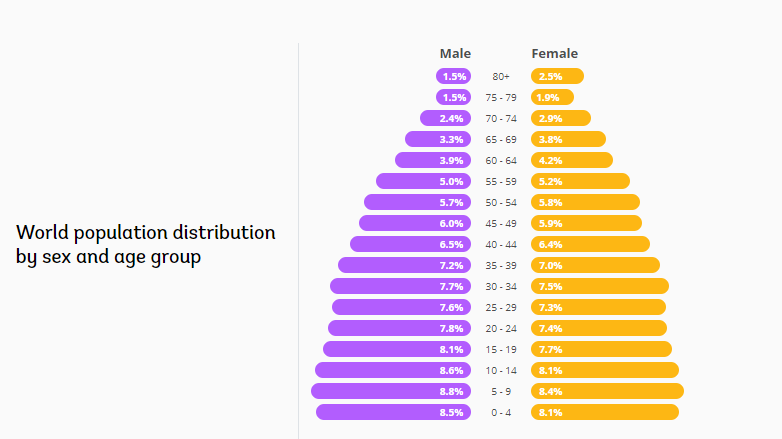Para leer este artículo en español haz clic aquí.
I recently had the opportunity to delve into a book that has long been on my reading list – “Invisible Women” by Carolina Criado Perez. Joined by a group of insightful and passionate women, we unpacked this eye-opening text, which I’m excited to share with you in this post.
The Eye-Opening Truths of Gender Data Gaps
The discussion reinforced what we already knew: that the world we inhabit has been, for the most part, designed without considering half of its population – women. Criado Perez’s book is a revelation of the gender data gaps that exist in various sectors, from urban planning to healthcare. As I read through the book, I couldn’t help but feel a mix of frustration and vindication. The absence of women in data is not just an oversight; it’s a profound injustice that impacts everyday life.
Intersectionality – A Key Lens to Understanding Gender Bias
One of the most significant points that resonated with me, and our group, was the concept of intersectionality. It’s not just about gender. Race, class, and geography play crucial roles in how women experience bias and inequality. Although “Invisible Women” provides a broad overview, it’s vital to remember that these issues are even more complex. Women of color, women with disabilities, and women from non-Western countries often face compounded layers of bias.
Biases in the System: From Healthcare to Urban Spaces
The book sheds light on numerous systemic biases. For instance, the fact that most medical research is conducted on male subjects leads to misdiagnosed or ineffective treatments for women. Urban spaces, designed predominantly by men, often neglect the safety and convenience of women. Workplace policies and job designs often fail to consider women’s different physical needs and life circumstances (e.g. pregnancy and caregiving responsibilities). Technology and artificial intelligence that has been trained by male data. These revelations were not just statistics on a page; they felt personal and shocked me as I read each chapter.
The Power of Advocacy and Speaking Out
Our discussion underscored the importance of advocacy. Change doesn’t just happen; it’s fought for. As women, we need to raise our voices, whether it’s about the unfair distribution of public restrooms or the need for gender-inclusive data in medical research. There’s power in awareness and even more in action. We also talked about the importance of identifying which platforms are more powerful to raise our voices and which ones can provide a bigger impact.
The Power of our Language Choices
We discussed how some women refer to themselves as a minority. Are we a minority? This question got me thinking, and so I went to the gender data statistics of the World Bank, and this is what I found.

We are definitely not a minority, and referring to ourselves as a minority only contributes to the current existing bias through our discourse. We might be the minority in a specific situation, but that does not mean that we should freely label ourselves as a minority. It’s important to watch our language and how we refer to ourselves.
Seeing Through ‘Purple Glasses’: A Gender-Conscious Perspective
A concept we discussed, which I absolutely loved, was the idea of wearing ‘purple glasses’! This metaphor represents adopting a perspective that actively recognizes and seeks to understand gender biases and inequalities. It’s about seeing the world not as it is presented, but through a lens of gender equity. When we put on these glasses, we start to notice the biases in research, urban design, workplace policies, and so much more.
Some examples of what the purple glasses help us notice:
The number of bathrooms for women in a given facility (should be more than men)
Everyday objects and work tools that have been created with men’s physiology in mind – and that women struggle using
The studies that lack representation of women AND women from the Global South
The lack of representation of women in history book. (Who wrote the history we read?)
This consciousness is key to identifying and addressing the systemic gender issues that pervade our lives.
“Invisible Women” is more than just a book; it’s a call to action. We, as a society, need to reevaluate and reconstruct our systems with women in mind. It’s time to acknowledge and fill these gender data gaps, to look at the world through a lens of equity and inclusion. Let’s take these insights and turn them into concrete changes for a more equitable future. This is a book EVERYONE should read!